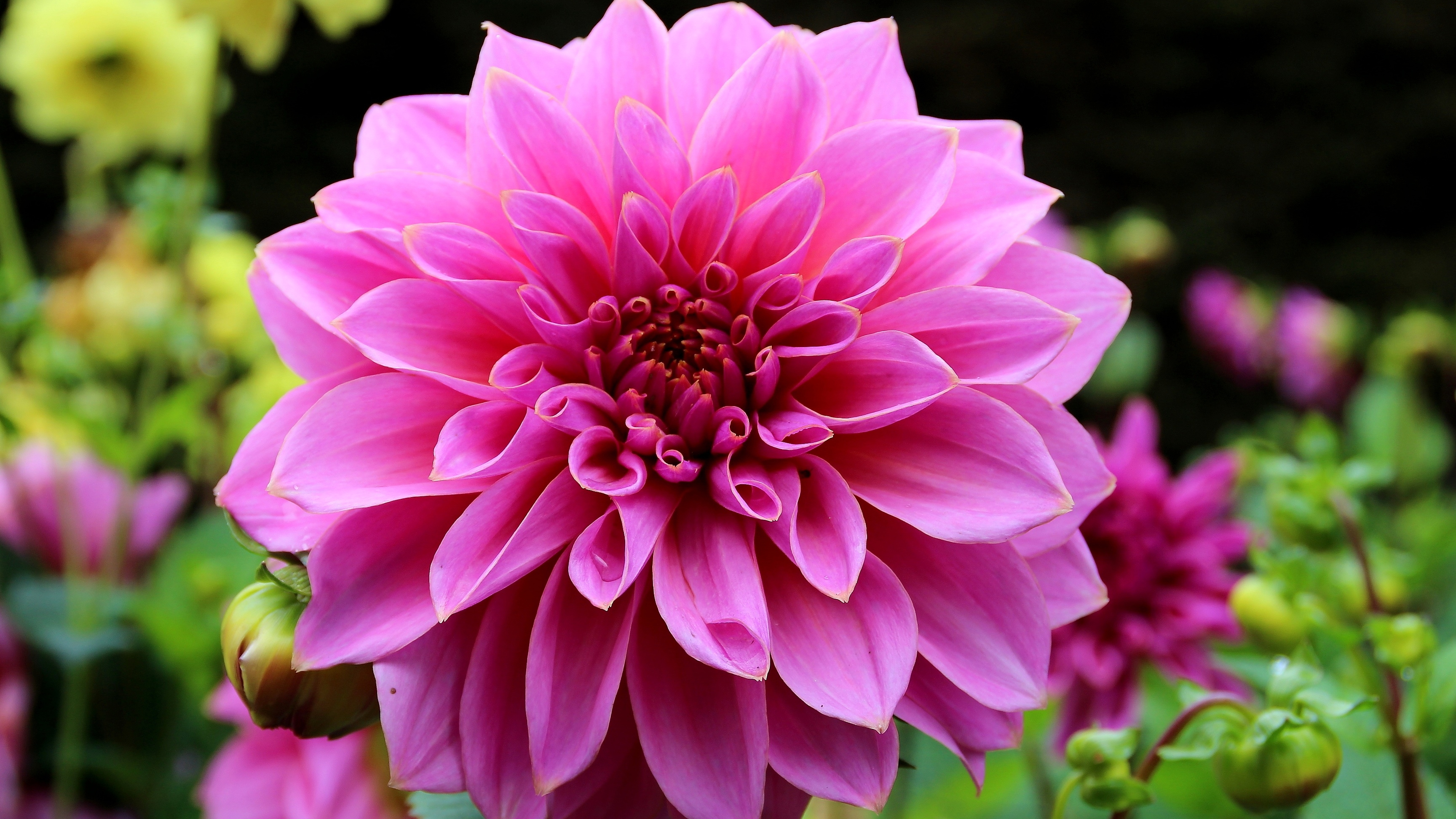
Introduction:
Mexico, a land rich in culture and natural wonders, has bestowed the honor of national flower upon the captivating dahlia. With its vibrant colors, intricate petals, and historical significance, the dahlia symbolizes the essence of Mexico’s beauty and heritage. This article delves into the history, characteristics, and cultural importance of the dahlia, shedding light on why it was chosen as the mexican national flower in 1963.
A Blossoming Heritage
Origin and Historical Significance
The dahlia, scientifically known as Dahlia pinnata, is native to Mexico, making it an integral part of the country’s botanical heritage. Dating back centuries, the Aztecs, a dominant civilization in pre-Columbian Mexico, revered the dahlia for its aesthetic appeal and medicinal properties. It held great cultural significance, often being used in religious ceremonies and as offerings to the gods.
The Aztec Connection
Mexican national flower association with the Aztec civilization is further strengthened by its name. It was named after Anders Dahl, a renowned Swedish botanist and student of the influential botanist Carl Linnaeus. However, the dahlia’s roots can be traced back to Mexico and its rich Aztec heritage.
A Kaleidoscope of Colors
The Variety of Dahlia Species
One of the remarkable features of the dahlia is the vast array of species and cultivars it encompasses. With over 40 recognized species and thousands of hybrids, dahlia flowers come in an astonishing range of colors, sizes, and shapes. From fiery reds to delicate pinks, dazzling yellows to deep purples, the dahlia captivates with its kaleidoscope of colors.
Diversity in Petal Shapes and Sizes
The diversity of dahlia petals is another testament to its beauty. Dahlia flowers can exhibit various petal shapes, including cactus, pompon, waterlily, peony, and single-flowered forms. The petals can be tightly packed or softly curled, creating a mesmerizing display of textures and forms. This wide range of petal shapes contributes to the mexican national flower versatility and allure in floral arrangements and gardens.
Cultural Significance
Celebration of Festivals
The dahlia plays a prominent role in Mexico’s cultural celebrations. During the renowned Festival de la Dahlia held in the city of Puebla, the streets come alive with vibrant dahlia displays, parades, and artistic exhibitions. This festival serves as a testament to the cultural significance of the dahlia, drawing locals and tourists alike to celebrate its beauty and heritage.
Symbol of National Identity
The declaration of the dahlia as Mexico’s national flower in 1963 solidified its importance as a symbol of national identity. This recognition highlights the deep connection Mexicans feel towards their rich cultural heritage and the significance they place on natural beauty. The dahlia’s presence in Mexican art, literature, and folklore further reinforces its role as a cultural emblem, representing the nation’s unique spirit and creativity.
Cultivation and Preservation
Dahlia Cultivation
Dahlia cultivation has become an art form in Mexico. The country’s diverse climate and fertile soil provide an ideal environment for growing these stunning flowers. Skilled gardeners and enthusiasts cultivate dahlias, meticulously selecting and hybridizing to create new varieties and preserve the diverse range of colors and forms found in nature.
Conservation Efforts
Recognizing the importance of preserving this botanical treasure, Mexico has taken steps to protect and conserve the dahlia. Efforts have been made to establish botanical gardens and nurseries dedicated to the cultivation and preservation of dahlia species and hybrids. These initiatives aim to maintain the genetic diversity of dahlias and ensure their survival for future generations.
Furthermore, organizations and institutions collaborate to raise awareness about the conservation of the dahlia and its habitat. Educational programs, workshops, and exhibitions are conducted to promote understanding and appreciation of the flower’s ecological and cultural significance.
Dahlia’s Modern-Day Significance
Horticultural Delight
The dahlia’s allure extends beyond its cultural and historical significance. It continues to captivate horticulturists, garden enthusiasts, and floral designers around the world. Dahlias are cherished for their ability to enhance gardens with their stunning colors and unique forms. They have become popular additions to flower arrangements and are widely used in weddings, special occasions, and floral competitions.
Economic Impact
The dahlia also contributes to Mexico’s economy through the horticulture and floriculture industries. The cultivation, trade, and export of dahlias and their cut flowers generate employment opportunities and revenue for local communities. Mexico’s reputation as a global hub for dahlia production and trade continues to grow, bolstered by the flower’s popularity and demand.
Conclusion
The dahlia’s journey from ancient Aztec rituals to its designation as Mexico’s national flower in 1963 showcases its enduring cultural and botanical significance. Its vibrant colors, diverse petal shapes, and rich historical background make it a symbol of Mexico’s beauty and heritage.
The dahlia’s legacy continues to thrive, embraced by Mexicans as an emblem of their national identity and celebrated through festivals and cultural events. Efforts to cultivate, preserve, and conserve this magnificent flower ensure its longevity and reinforce its importance in Mexico’s natural and cultural landscapes.
As the dahlia blooms in all its splendor, it serves as a reminder of Mexico’s rich heritage, its artistic expressions, and the profound connection between nature and human civilization. The dahlia’s story is a testament to the enduring power of flowers to inspire, uplift, and unite us all.





